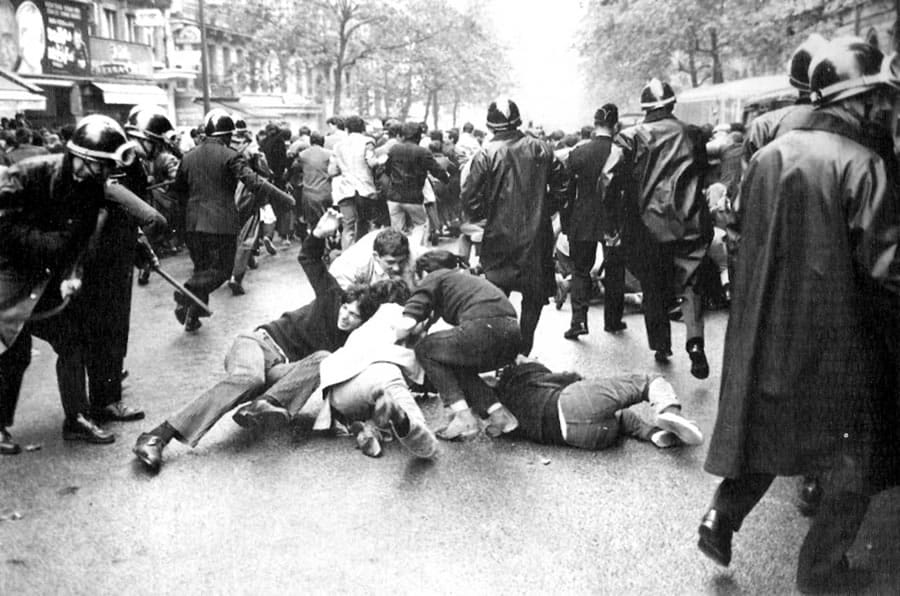
Buddhist Riots of 1963 Essay
Taking into account opinion that any kind of country’s development is cyclical it is possible to say that the main characteristic of cycles is a crisis; thus, issues of practical importance appear, respectively. In this paper it is necessary to discuss Buddhist riots of 1963 as a turning point in a history of South Vietnam that led to the collapse of the First Republic of Vietnam.
Observing Buddhist riots of 1963 with more details it becomes understandable that exactly the Buddhist crisis can be considered the turning point in Vietnamese history. History of the First Republic of Vietnam is explored by the period between the largest local wars of the XX century – the first Indochina War (1946 – 1954) and the second Indochina War (1965 – 1973). In this regard, the period of the First Republic of Vietnam is of particular interest, when a confrontation between two parts of Vietnam did not go on the battlefield, but did it on the political and ideological level. Identifying Buddhist riots of 1963 as the turning point of Vietnamese history it is necessary to add that confrontation between the North and the South was traditional for the history of Vietnam in the XX century, on the one hand, but it also was of much new features as it has involved interests of other foreign countries, representing various world political systems, on the other hand.
The events immediately preceding the turning point are necessary and essential in preparing for the Buddhist riots of 1963 because Republic of Vietnam (South Vietnam) was in fact a semi-colony of the United States; thus people need the way to change situation and reorganize political regime. Describing events in details, Freedman (2000) stated that “while there had been long-term resentment by the Buddhists, the situation flared in April 1963. For unclear reasons, the central government ordered the provincial authorities to enforce a ban on the display of all religious flags.” In addition to previous information Gettleman, Franklin & Young (1995) wrote that “this ban had rarely been enforced, but, since the order went out shortly before the major festival, Vesek (informally called Buddha’s Birthday), which fell on May 8, many Buddhists perceived this as a direct attack on their customs.” The above described events are essential in preparing for the Buddhist crisis, because actions of the authorities in religious matters aimed at strengthening of the position of Catholicism were often also aimed at the detriment of other religions, and Buddhism, being not only broad religious phenomenon, provoked problems not only in religious issues but it also sharpened political situation in the country.
Analyzing results of Buddhist riots of 1963 we can mention that the Buddhist crisis provided an impetus for the forces that were ready to remove Ngo Dinh Diem from the political arena. Moreover, hypothetical consequences of the crisis have led to the fact that U.S. forces have supported the Communists, because ignorance of situation could led to a total loss of government control over the situation that would allow the Communists to strengthen their position by own efforts. It became impossible for the United States to control the First Republic of Vietnam in a full degree and destroyed strengthening of U.S. intervention in the affairs of the Vietnamese policy.
To summarize, it is possible to note that the policy of Kennedy to the regime of Ngo Dinh Diem had a significant impact on developments in Indo-China in the coming years, in particular; moreover, it has become a prerequisite for direct U.S. involvement in the Vietnam War.

